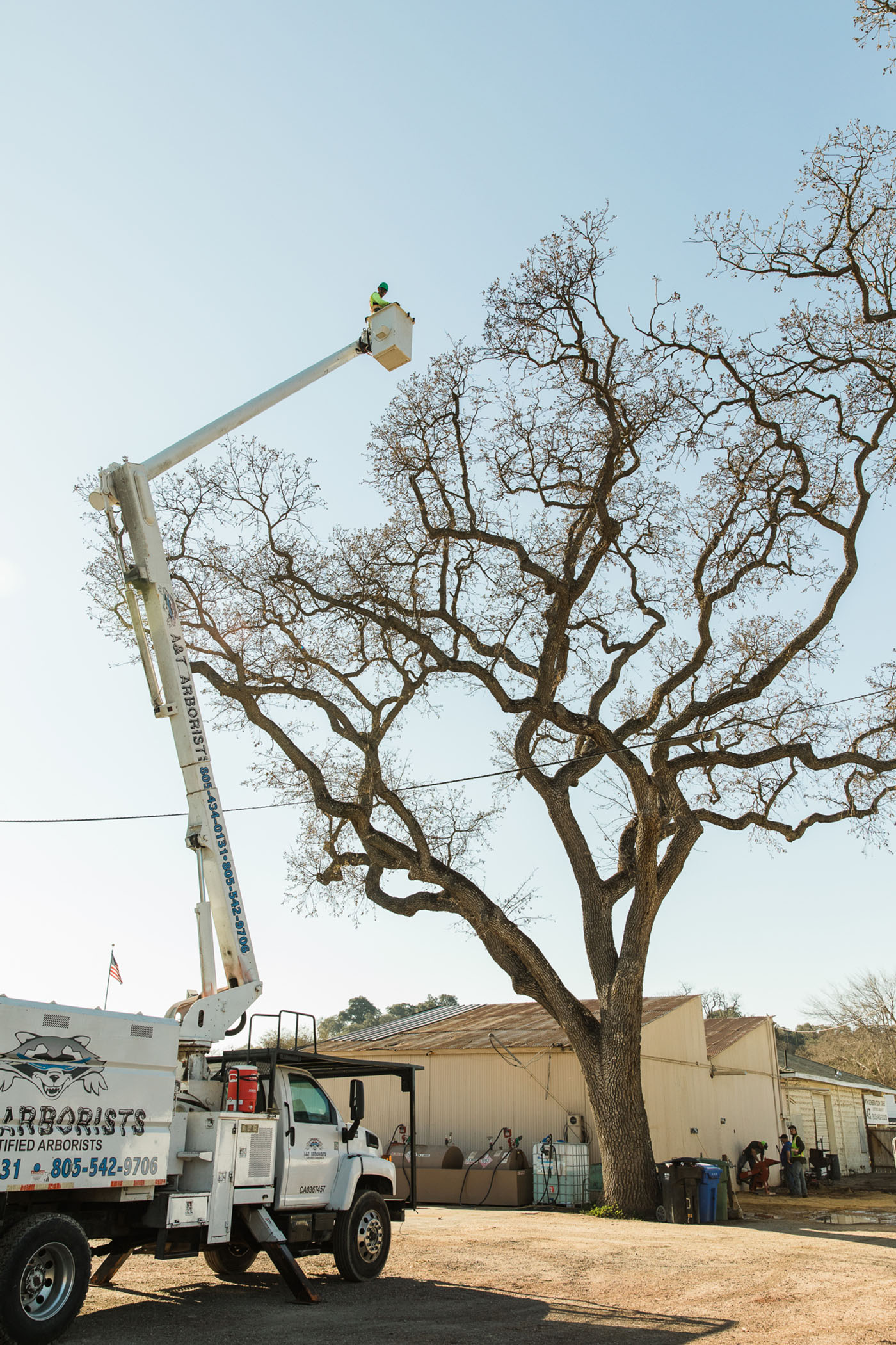Topping & Crowning
Topping and crowning are two common tree pruning techniques that are used to control
the size and shape of trees.

It's important to note that both of these practices can cause significant harm to trees if not done professionally. Talk to us about your needs, and we're happy to provide you with a quote.
Topping refers to the practice of cutting the top of a tree off to reduce its height. This is often done to remove the tallest branches and reduce the overall height of the tree. However, topping can weaken the tree, stimulate the growth of numerous shoots from the cut stubs, and increase the risk of decay and insect infestations.
Crowning, also known as heading, involves cutting back the branches of a tree to control its spread and reduce its overall size. This is often done to keep the tree from growing into power lines or other structures. Like topping, crowning can weaken the tree, stimulate the growth of numerous shoots, and increase the risk of decay and insect infestations.
Instead of topping or crowning, we sometimes use proper pruning techniques that are less damaging to the tree. This may include removing only a portion of the branches at a time, cutting back to a branch collar (the slightly raised area where a branch attaches to the trunk), and avoiding leaving stubs (short branches left after trimming).
If a tree needs to be reduced in size or shape, it's best consult with us at 4G Tree. We can help to ensure the health and longevity of the tree and avoid any potential harm to the tree or the surrounding environment.
